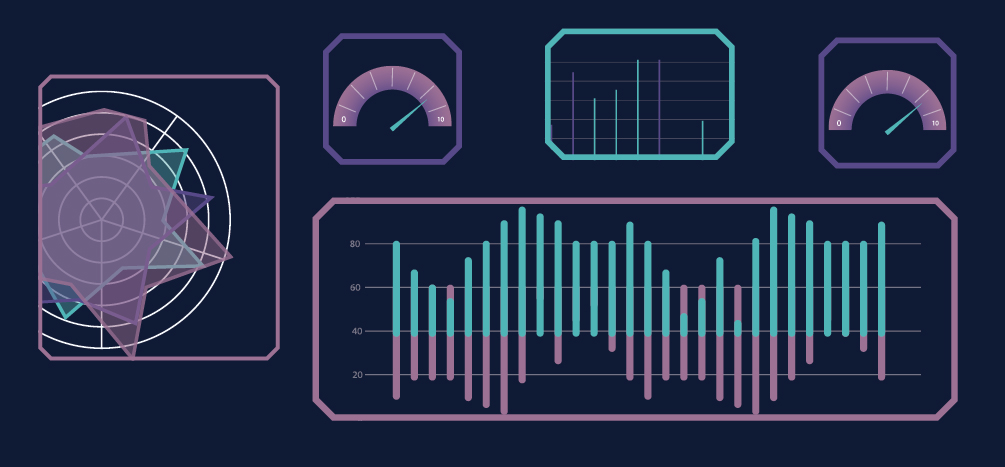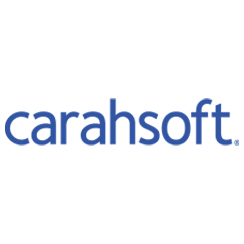Within days of the transition of the presidential administration, the new administration emphasized the centrality of data in addressing both the COVID-19 pandemic and racial inequity. Before that, laws and initiatives such as the Foundations for Evidence-Based Policymaking Act of 2018, Digital Accountability and Transparency Act of 2014, and Federal Data Strategy pushed agencies to build their capacity for data-driven operations. This overall goal has led many agencies to create and appoint data-focused roles, including senior-level chief data officers (CDOs) and first-ever data analysts. They have begun advancing data strategies and investing in solutions. But through these mandates and government-wide initiatives, how can agencies bring their goals and strategies to life to address their most pressing problems? Four basic areas of data competency – governance, security, literacy and ethics – are key to becoming a data-driven agency. Additionally, to carry out a data strategy, an organization needs to ensure that its staff has all the necessary skills. In December 2020, the Government Accountability Office (GAO) emphasized the importance of making data competency part of an agency’s culture. That same month, as part of the Federal Data Strategy, GSA released the Data Ethics Framework to help encourage ethical data decision-making throughout the federal government. Download the guide to read more about how agencies at the Federal, state, and local levels are updating their data strategies with the latest technology.
Before You Start Data Governance…
“Once agencies have a strategic plan in place, they can begin to set the regular rhythms of using the data. The processes and procedures should be a well-documented plan that deals with day-to-day technology needs. Externally, it’s important to establish a communications plan that standardizes interactions with data users throughout the data lifecycle. Internally, it’s critical to create procedures that allow data management platform operators to manage services in a reliable fashion, whether that’s DevOps or backup and recovery. Ultimately, these processes should all indicate a measure of trustworthiness to data stakeholders. SAP NS2 can provide a data platform that agencies can rely on, in turn.”
Read more insights from SAP NS2’s Principal Business Processes Consultant, Michael Towles.
How to Develop Strategic Value From Your Database
“Even if they would like to, agencies can’t replatform every legacy application they have. That’s why a strategic way to prioritize development initiatives is to start new efforts with the best technology. Moving toward a modern infrastructure out of the gate will save time and effort in the long run, Leech said, particularly if it works the way people work today. For instance, relational databases are traditional storage tools that have been around for 40 to 45 years. People use data differently now, and tools like MongoDB’s document database solution keep that in mind. It functions as an operational layer over huge data repositories to help agencies extract the most applicable data for their mission, and securely through enterprise tooling.”
Read more insights from MongoDB’s Regional Vice President for the Public Sector, Brent Leech.
 How Automated Analytics Can Fuel Digital Transformation
How Automated Analytics Can Fuel Digital Transformation
“Deriving data insights through analytics is no longer just nice to have – it is critical for the operation and improvement of government, especially in times of crisis. But there are many challenges to deriving insights, whether that’s having the data available to analyze or having the right skills to analyze the data. Automation can help. For years, agencies have strategically adopted digital technologies to transform their business processes and services. But according to a 2018 McKinsey report, only a third of initiatives have succeeded. Those who succeeded were able to flourish because they converged these three pillars for digital transformation: data democratization, process automation and people upskilling. Analytic process automation (APA) meets all three needs at once by addressing the whole analytics lifecycle through one unified platform.”
Read more insights from Alteryx’s Solution Marketing Director’s Andy MacIsaac.
How to Drive Mission Value with Your Data Governance
“When it comes to data governance, the best defense is not necessarily a strong offense. Data governance, the policies and processes that define how data can or should be used, ought to be focused on supporting an organization’s mission and its operational goals. Unfortunately, many government organizations take a defensive approach, focusing governance efforts on compliance. This creates rigid organizational practices that leave agencies unable to adapt to changing circumstances. The solution? Adaptive data governance. This flexible governance structure not only ensures compliance but also helps accomplish mission objectives amid change through empowering collaboration.”
Read more insights from Collibra’s Senior Vice President of Public Sector, Aileen Black.
How Data Analytics Complements Institutional Knowledge
“We are 90 years old, and we have been operating with a unique model since our founding. We provide library materials to Americans and individuals with disabilities. And we generally ship those materials around the country — print braille and audio cartridges via mail. Now, we’re going through an organization-wide modernization that is probably the biggest change in our operating structure since we’ve been founded. And we are shifting from a predominantly U.S. mail-based delivery mechanism to a predominantly online streaming-based mechanism. The idea with creating my position was to ensure we had the right data organization-wide to serve our patrons as best as possible, to make sure we are providing them with everything they need throughout the course of this modernization.”
Read more insights from the National Library Service for the Blind and Print Disabled’s Data and Analytics Officer, David Spett.
Cutting ‘Data Gems’ to Train Census Data Users
“Before, we only offered data training to the public via webinar or in person, and these had to be provided based on request. So, you had to know we existed and you had to be knowledgeable about our services. And an organization could request one of our trainings, but it was only available at that time for those guests of that organization. It simply wasn’t accessible to everyone who needed it at all times. Think of a grant writer with a deadline at midnight and they need help, say, two hours before the clock. There’s no workshop for them, no presentation. A person like that is more likely to start Googling information. So we felt there was a gap there. We needed to put content for that user, who may not even visit our website but is in need of our data and in need of our help. That’s how we came about to develop the concept of Census Academy.”
Read more insights from Census Bureau’s Co-Found of Census Academy and Supervisor of Data Dissemination and Training Branch, Alexandra Barker.
Download the full GovLoop Guide for more insights from these Data Analytics thought leaders and additional government interviews, historical perspectives and industry research on the future of Data Analytics.







